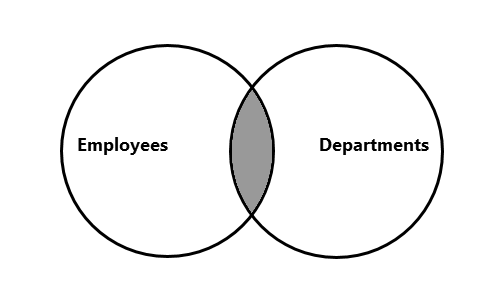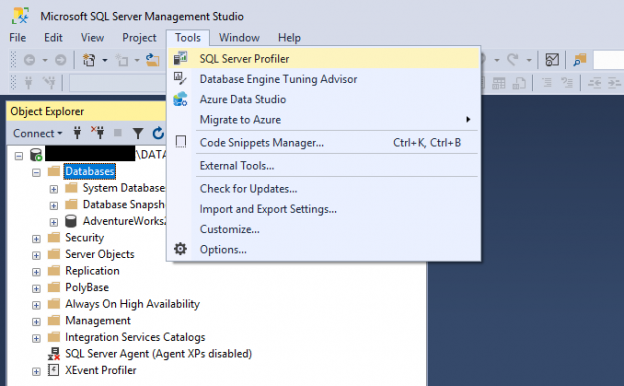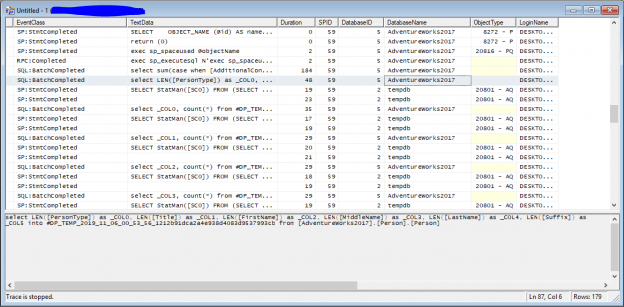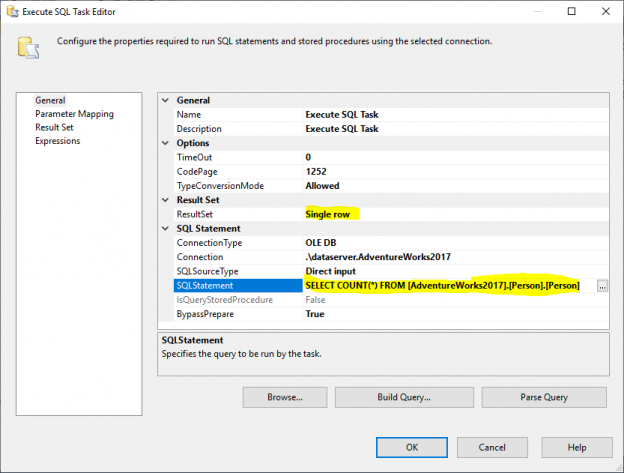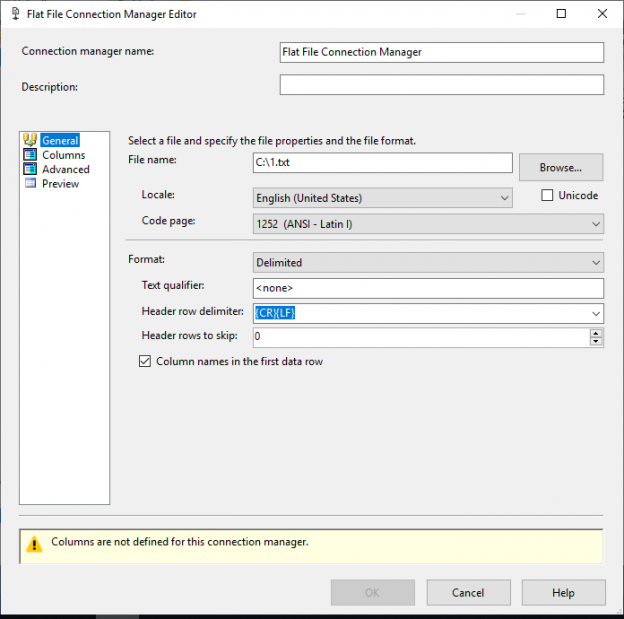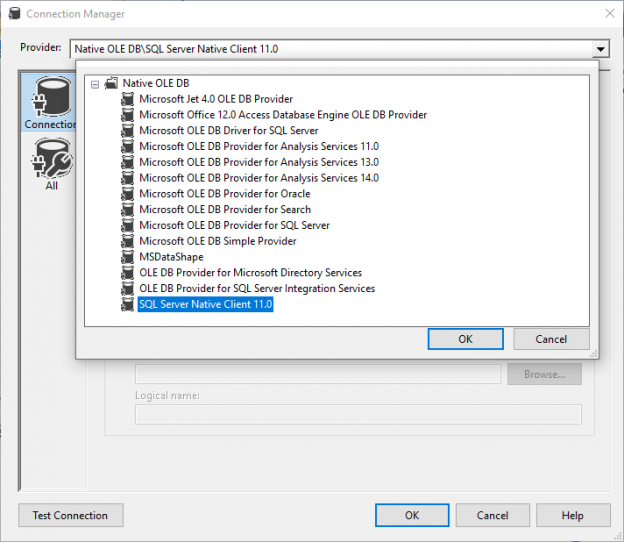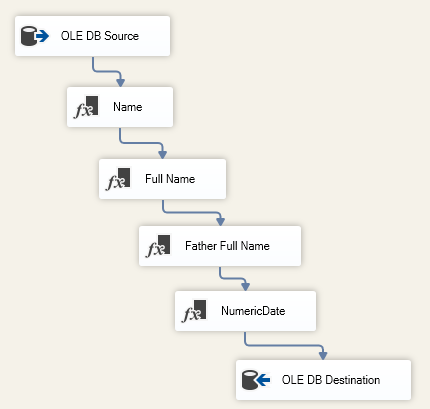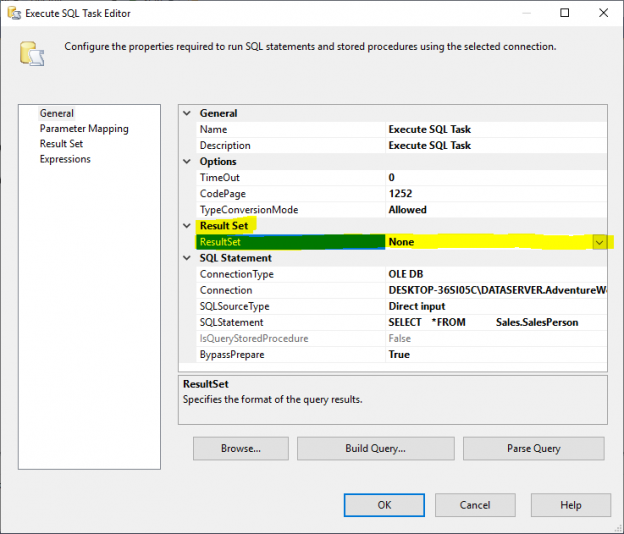There are many operations that we may run while working with OLAP cubes such as cube and partitions processing, executing administrative tasks, performing analysis and more… Three query languages that are used to run these operations: multidimensional expressions (MDX), data mining expressions (DMX) and XML for Analysis (XMLA). We can mainly write and execute these queries in SQL Server Management Studio, but many times we need to implement them within a flow that executes other tasks over other services (database engine, file system…)
Read more »

